“What can we tell them?”: US general pressed for reassurance for SDF after Syria withdrawal decision
Days later, SDF officials say they have received no assurances of protection or security from the US government as their fight against ISIS continues in eastern Syria
ERBIL, Kurdistan Region of Iraq – The top American commander of the Defeat-ISIS mission in Iraq and Syria was left without direction on what to tell the main U.S. partner force on the ground in Syria after he was ordered to begin preparations to withdraw all U.S. troops from the country.
In conversations with a senior State Department official on Wednesday, Lieutenant General Paul LaCamera repeatedly asked what he was supposed to tell the commander-in-chief of the Syrian Democratic Forces, General Mazlum Kobani, about whether or not the U.S. planned to support the Kurdish general’s forces after the imminent American withdrawal, according to details of the conversations provided to The Defense Post.
Mazlum’s women and men, who have seized swaths of territory across northern Syria and decimated the Islamic State with support of the U.S.-led Coalition, are now facing the impending threat of a hostile Turkish military offensive coordinated with the imminent withdrawal of some 2,000 U.S. troops.
Turkey considers the predominantly-Kurdish People’s Protection Units (YPG), which forms the core of the multiethnic SDF, inextricable from the Kurdistan Workers’ Party (PKK), which is designated a terrorist group by Ankara and its Western allies.
But the YPG is not a proscribed organization in the European Union, United Kingdom or United States, and U.S. defense officials have publicly supported the group due its unique capabilities in battling Islamic State.
Last Friday, U.S. President Donald Trump reportedly stunned his senior advisors when he accepted Turkish President Recep Tayyip Erdogan’s request over the phone that the U.S. withdraw its forces from Syria.
Trump’s accession followed weeks of threats by Erdogan that the Turkish military was preparing to clear northeastern Syria of the U.S.-backed Kurdish fighters.
On Tuesday, Trump apparently pushed for an immediate announcement on the defeat of ISIS and the impending withdrawal of U.S. forces, again without consulting senior personnel involved in Syria policy, including LaCamera.

Trump’s decision set in motion a frenetic effort by senior administration officials to alert Syrian partners and the international community, and to buy time for a step-by-step drawdown process in the hope of salvaging U.S. objectives in Syria, including the “enduring defeat of ISIS,” the withdrawal of Iranian forces from Syria, and a negotiated political settlement to the conflict in line with United Nations Security Council Resolution 2254.
Prior to the president’s abrupt decision last Friday, American policymakers considered the presence of U.S. troops in strategic areas of Syria to be central to their strategy.
Trump’s decision also left a significant disconnect between the State and Defense Departments on just how to execute such a rapid withdrawal – a disconnect which one senior official feared could potentially trigger a Turkish incursion and unleash open combat between America’s main partner force and adjacent NATO ally, with U.S. troops caught in the middle.
CJTF-OIR and the State Department did not respond to multiple requests for comment for this story. U.S. Central Command declined to make LaCamera available for comment.
‘The SDF are asking tough questions right now’
Seeking to close the coordination gap, LaCamera spoke with a senior State Department official on Wednesday morning.
“Our allies … the SDF are asking tough questions right now,” LaCamera said. One of those questions was, “‘What does this mean?’”
American officials had informed Mazlum the previous week of the president’s intent to pull troops, but, according to details of the conversations, it was not until Tuesday that officials in the State Department’s Syria team caught wind of an alarming new withdrawal deadline.
One senior official described the rumored date, which was less than three weeks away, as “not physically doable.”
During the conversations, LaCamera pointed out to the official that Mazlum’s forces were still heavily engaged in the ground war against ISIS in eastern Syria.
“He’s got fighters down there,” LaCamera said, likely referring to ongoing SDF operations against remaining ISIS at Hajin, near the Iraq border. “They’re in the middle of a fight.”
Last week, Mazlum told Reuters that he would be forced to redirect his troops from the battle in Hajin to defend the Turkish border if Ankara attacked. Should that happen, Mazlum said, “the battle against Daesh is not possible.”
That was before he was told the Americans were withdrawing.

SDF spokesperson Mustafa Bali on Friday said that ISIS had launched counter-attacks in Hajin, tweeting: “they got high [morale] from U.S. decision to withdraw from Syria.”
“If we uncork this thing,” LaCamera told the official on Wednesday, “if we don’t contain ISIS right now … you create a period of vulnerability.”
The commander was apparently concerned that the tempo required to meet the withdrawal deadline could destabilize the entire situation in northern Syria, suggesting it could end up “on the front page” if it were to “turn into a failure.”
The deadline, LaCamera suggested, threatened the safety of American forces.
“If a withdrawal (which needs to be methodical, even if fast) turns into a retreat, force protection becomes impossible as the units disintegrate,” a retired U.S. Army 1st Infantry Division lieutenant colonel and former professor of military science, who declined to be named because he was not an expert on the Syria situation, told The Defense Post.
LaCamera appeared at least equally concerned about the partner force, according to the source.
“What are we doing on their behalf? Are we just completely cutting ties with everybody in Syria and clearly putting all our eggs in the Turkey basket?”
“We’re not putting any eggs in any basket,” the senior official responded.
The American general on Wednesday was seeking reassurances to pass on to Mazlum in part because he had already told the SDF commander to “stick with us,” and “not to go rushing towards the door right now.”
During the conversations, LaCamera asked if, and in what capacity, the administration planned to continue to support its Syrian partners without American troops on the ground, and made reference to the Bush administration’s 1991 decision to establish a no-fly zone over northern Iraq.
Officials from the SDF and Democratic Union Party (PYD), the political arm of the YPG, have called on the U.S. to implement a no-fly zone over northern Syria to protect against Turkish attacks in the past. On Friday, Ilham Ahmed, co-chair of the Executive Council of the SDC, the political arm of the SDF, repeated the request, this time to the French government during talks in Paris.
British and French officials have stated they are not withdrawing their troops from Syria.
The Pentagon is now considering options to continue limited ground support for the SDF’s fight against ISIS in Hajin, the New York Times reported on Saturday, but reportedly not against other forces.
In a response indicative of the utter disarray set forth by Trump’s decision on Tuesday, the senior official appeared unable to answer any of the general’s questions about continuing military support for Mazlum.
Instead, he emphasized that the top priority now was to buy time in order to lay the diplomatic groundwork for a favorable withdrawal.
“We’re going to put every ounce of energy to ensuring you don’t have a date,” the official assured LaCamera. “Our position from Mike Pompeo on down is there should be no date.”
“A date is dangerous and stupid,” an official said.
‘We’re working with Mazlum. We’re not walking away from him.’
During discussions among State Department officials on Wednesday, another senior official with responsibility in the region insisted that the U.S. would stand by the SDF commander.
“We’re working with Mazlum. We’re not walking away from him.”
According to details of the conversations, Mazlum had recently told CENTCOM Commander General Joseph Votel that he was “looking at his options.”
“It’s in his best interest to stay tight with us for the moment, I’ll tell you that,” the senior official later told LaCamera.
The general asked if that meant the U.S. would support Mazloum diplomatically.
“Absolutely,” the official said.
Over the course of the conversations, the officials discussed plans to mobilize an effort to oppose any deadline for withdrawal and to forestall Turkey’s apparently imminent incursion.
But in what may have been a failure of coordination resulting from the confusion sown by the president’s actions, LaCamera had already begun considering a military option to prevent the promised Turkish attack. The day before, however, Trump administration officials had already decided that that specific action would probably instigate such an attack.
During a Cabinet-level meeting on Tuesday, senior officials decided the best ways to ease tensions with Ankara were to increase the level of cooperation with Turkey in Manbij, and to abandon the newly-erected U.S. observation outposts on the Syrian side of the border.
The outposts, constructed in a number of locations near the border in recent months, were officially intended to “track any threat that we can spot going up into Turkey,” U.S. Defense Secretary James Mattis said in November.
But Turkish officials have implied the U.S. is using them to protect the YPG, and requested earlier this month that American officials abandon them.
Erdogan has also accused the U.S. of using the Manbij roadmap, agreed in June, as a “tool for stalling,” and has repeatedly threatened to attack the city if Kurdish fighters remain there.
“The only commitment we’ve given them, dammit, is Manbij,” the official told LaCamera Wednesday. “The outposts should be pulled, and you should continue doing Manbij.”
But LaCamera, who commands all Coalition forces, appears to have not been informed of these two key decisions, according to details of the conversations.
“I’ll be honest with you, I think there’s a disconnect,” he said.
The danger of that disconnect was laid bare when LaCamera told the official he had considered SDF deployments at the border outposts.
“If you combine your outposts with the SDF, that will trigger a strong Turkish reaction,” the official warned.

The greatest threat to U.S. forces, the official said, was if Ankara thought the Americans were bluffing about the withdrawal.
“Even if they launch a small incursion, that’s going to churn up the SDF and scramble everything.”
Bringing SDF to the border, he warned, would signal to Turkey that the U.S. military was protecting the group.
“And that is not what they heard from the President of the United States, it’s not what they’ve heard twice from John Bolton, and I don’t think it’s what they’ve heard from the Chairman [of the Joint Chiefs of Staff],” the official said.
“So they wonder what’s going on, and they have a long litany of ‘you people in Washington tell us one thing, and the guys in the field do something else.’”
By the end of their conversations Wednesday morning, the senior official had given LaCamera no indication that the administration intends to militarily defend the SDF from Turkish actions.
‘They decided to withdraw and leave an open battlefield’
The officials’ efforts may have placated Ankara for now. On Friday Erdogan postponed the promised military incursion into northern Syria, but said it would begin “in the next months.”
“The phone call we made with Trump, as well as contacts between our diplomats and security officials, and the statements made by the American side led us to wait a little longer,” he added.
“We have postponed our military operation against the east of the Euphrates river until we see on the ground the result of America’s decision to withdraw from Syria,” he said.
As of Sunday, SDF officials have not received any assurances of protection or security from the U.S. government, three spokespeople for the SDF and SDC told The Defense Post.
And although White House spokesperson Sarah Huckabee Sanders on Wednesday announced the start of the “next phase” of the defeat-ISIS campaign, American officials have not yet told the the SDF what that means, SDF media chief Mustafa Bali told The Defense Post.
“They did not adhere to their duties and commitments. They decided to withdraw and leave an open battlefield,” Bali said on Sunday.
Late Thursday, Mattis resigned in protest of Trump’s decision, reportedly after a final attempt to change the president’s mind.
On Saturday, Brett McGurk, the president’s Special Envoy to the Defeat-ISIS Coalition, moved his resignation date up to 31 December.
“The recent decision by the president came as a shock and was a complete reversal of policy that was articulated to us,” McGurk wrote to colleagues in an email obtained by The New York Times. “It left our coalition partners confused and our fighting partners bewildered.”
McGurk had planned to leave in February. It is unclear who, if anyone, will replace him.
“The only thing certain is that the Americans will withdraw,” Bali said.

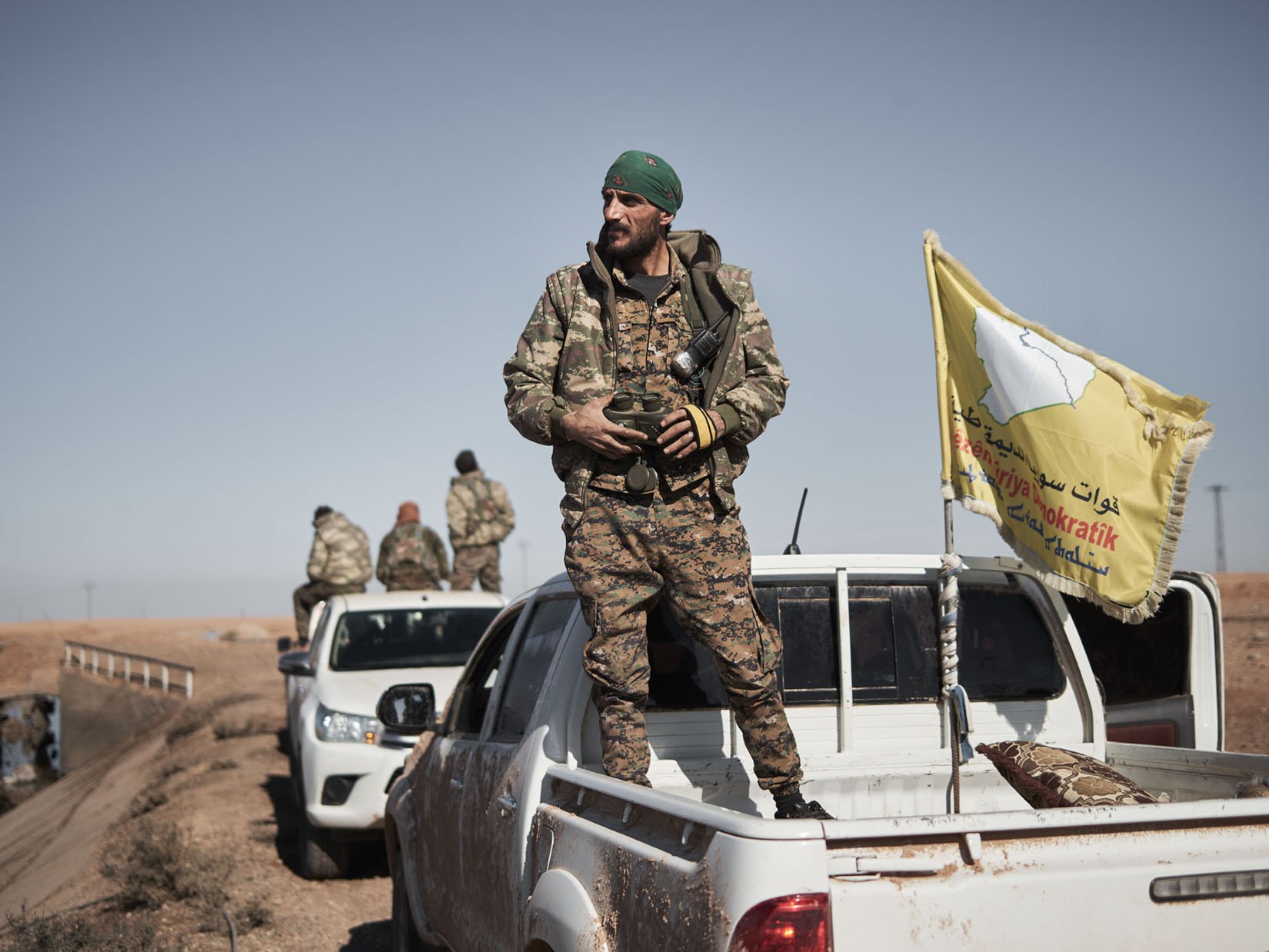


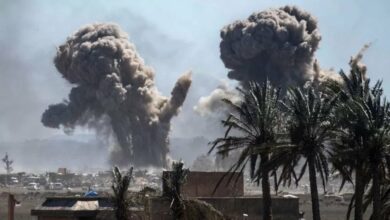

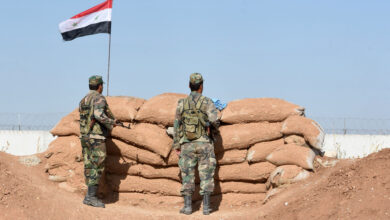

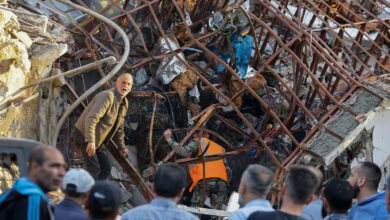
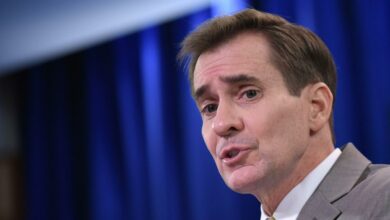
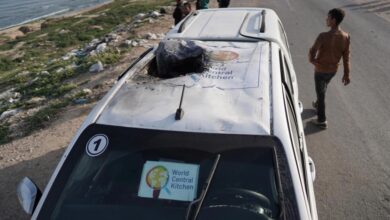
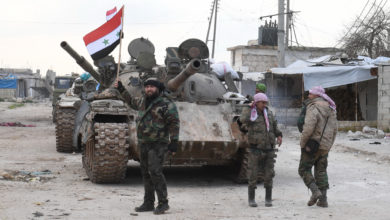
7 Comments